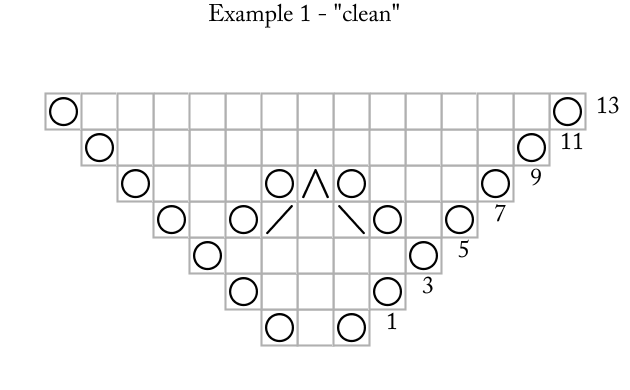This is a long overdue post. I get asked a lot what I am reading, how I work and where to find inspiration. I hope this post will be a road-map for you to discover your own inspiration and finding your own creative path. First, let us travel back to my childhood in Denmark. I grew up in a small town of roughly 3,000 people and I loved our local library. My favourite section was what the local library classification system (DK5) called the "00-07 section: General Works" - a grab bag of encyclopedia, books about books, interdisciplinary books etc. As a child, I'd walk in, pull down a few books and sit in a chair reading until my mum returned from the shops. It was a scattershot approach but it led me to different sections I never would have discovered otherwise. I learned about Roman slaves, costume history, parapsychology (hey, section 14 was just the next book case along) and so forth.
I've spent some time thinking about this in the context of ebooks & digital downloads (which I adore). I love being able to walk over to my book shelves and discover a paragraph about historical knitting, domestic work, or even a technical run-down of various cast-ons. I crave context and knowledge. I relish discovering new ideas simply by picking up a random book. I am a big fan of owning physical (knitting) books - that chance of discovery is priceless.
All if this is written from the perspective of someone who works with knitting professionally on a full-time basis. I realise I am writing this from a privileged perspective (and as someone who does not mind a cluttered home).
What do you do if this is not your reality? Let's take a look at the general principles of everything is about narwhals.
- Chance: Start by opening a random book, or typing in a random word into Google Image Search, or walking down a street you don't know.
- Open Your Eyes, Ears & Mind: what is interesting? what captures your imagination? what is different? what is new? what is awesome?
- Document. Keep a commonplace book; use Evernote (making sure to tag), take photos, draw and doodle.
- Everything is About Narwhals. Suddenly you will notice the same thing everywhere: you'll see the same motif recurring or the same ideas propping up in all sorts of places. If you get interested in narwhals along the way, suddenly you'll realise everything is about narwhals.
- Begin Your Creative Project. You'll have your scattershot notes, your own sources, your own documentation and your own story. How does it all fit together?
- Make stuff! And hopefully share it with the world because the world needs creative people.

Narwhal by chibiwolf1005
Obviously not everything is about narwhals, but it is a neat way of explaining how creativity works for me. To couch in more high-brow terms, my creative work is synthetic (derived from Greek "synthesis": 'with' + 'placement' - σύνθεσις). I work my way to a coherent idea by placing many ideas together and then I find out what happens.
So, while I can tell you what I am reading and I share photos on Instagram of amazing things I see, the really important thing is that you go out and find your narwhals.
Let's look closer at steps 5 and 6 above.
5. Begin Your Creative Project: you have your narwhal idea, you also have scraps of paper, doodles, and maybe even a Pinterest mood board (here's a random one of mine). This is the point where you sit down and try to make sense of it all.
- Do you have a colour scheme?
- Do you have recurrent motifs?
- Do you have stories you want to tell?
- How do you want to communicate your ideas?
This is when you start sketching or writing. Remember you are currently working to put things together and you are working your way towards a project. Do not be afraid of commit ideas to paper because you are not making final decisions. Just play and combine.
6. Make Stuff: you have your big idea ready to go and you know the colour/motifs/story. This is the time to create your beautiful piece.So, sit down and make it. Take ownership of it as well because it could not have come into being without you. You rock.
Addendum: I occasionally teach classes on designing, creativity and how to move from vague ideas to full-blown project. Keep an eye on my workshop schedule if you are interested.



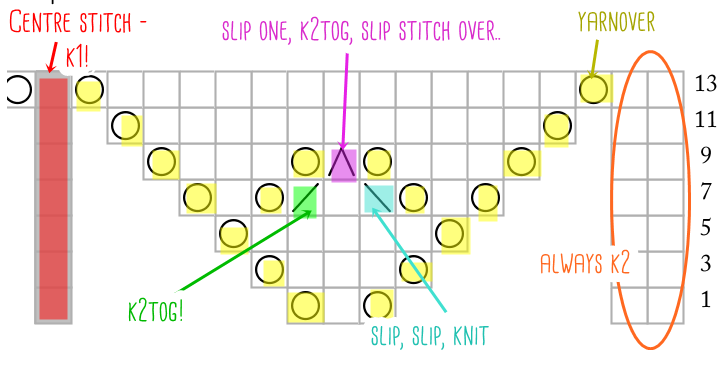



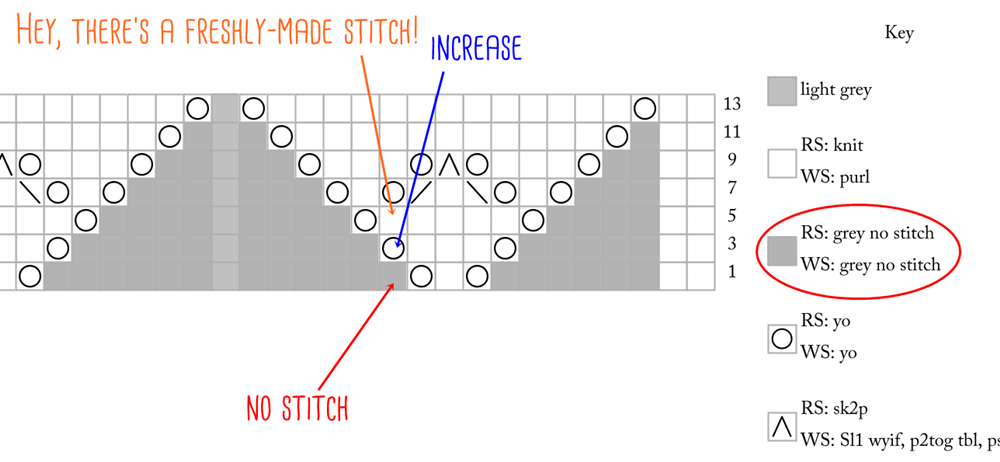
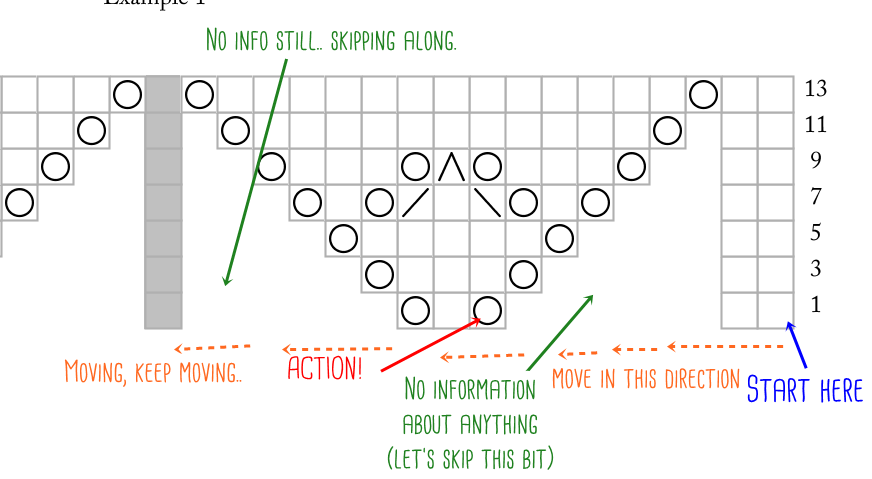
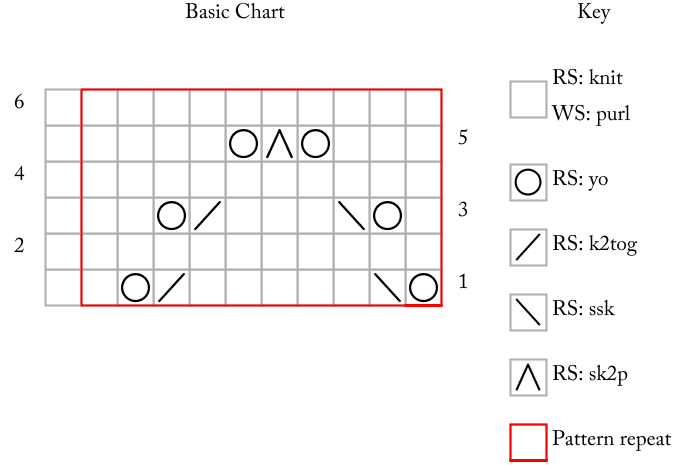
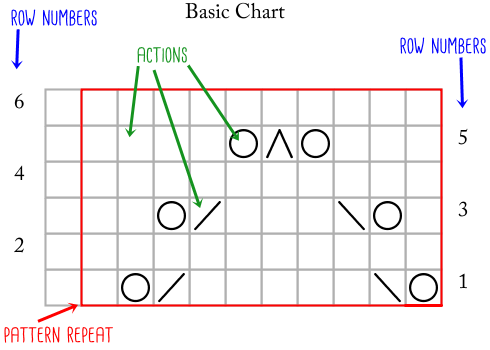
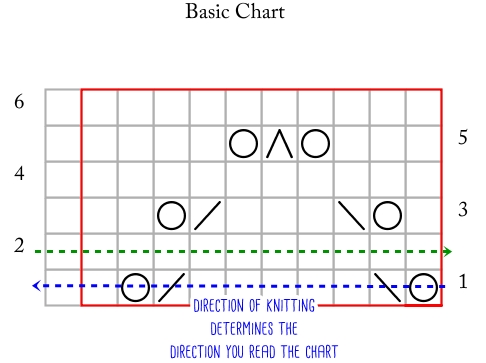
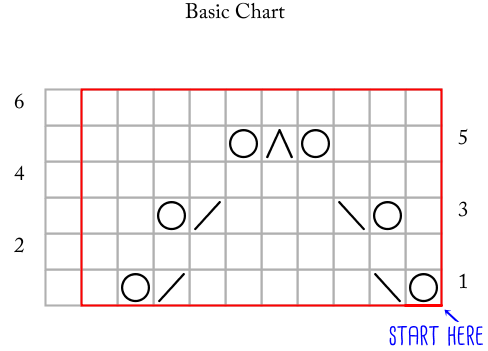
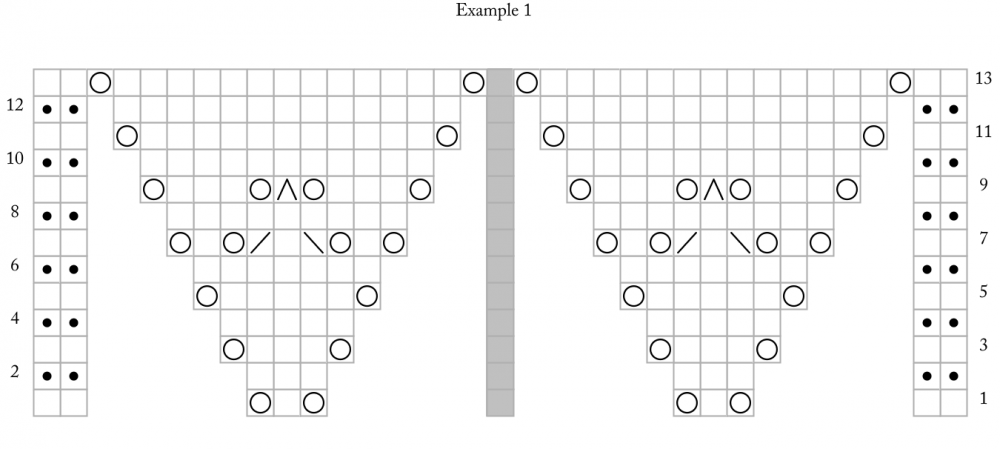
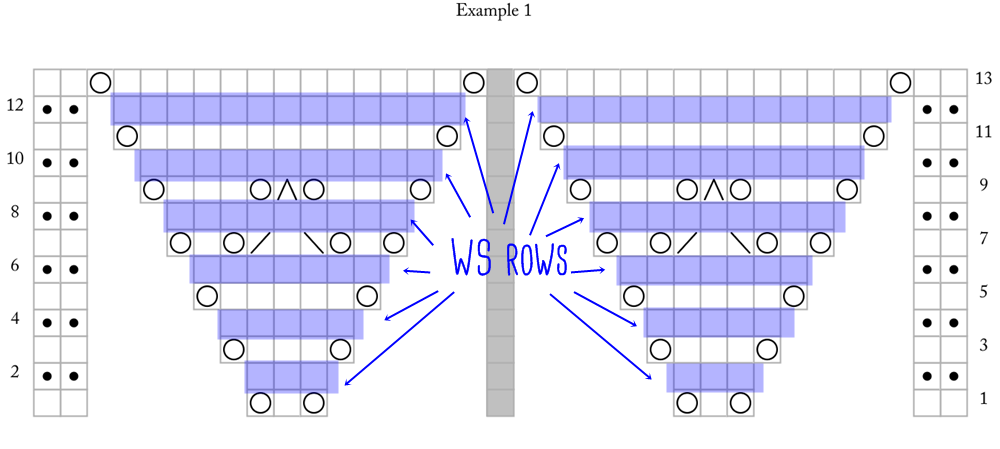

 The chart has you repeating the same stitch patterns after the centre stitch (I will be writing more about this in a later instalment. Note that I am talking about actions in the image- in the next part I will share how you read a lace chart and we'll talk more about actions then).
The chart has you repeating the same stitch patterns after the centre stitch (I will be writing more about this in a later instalment. Note that I am talking about actions in the image- in the next part I will share how you read a lace chart and we'll talk more about actions then).